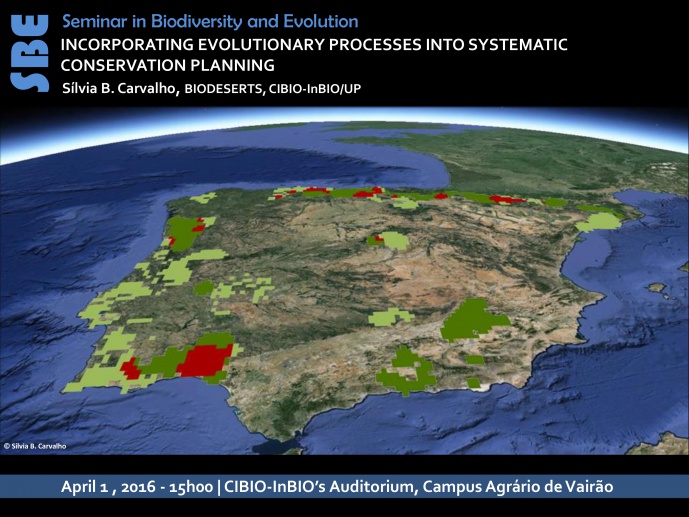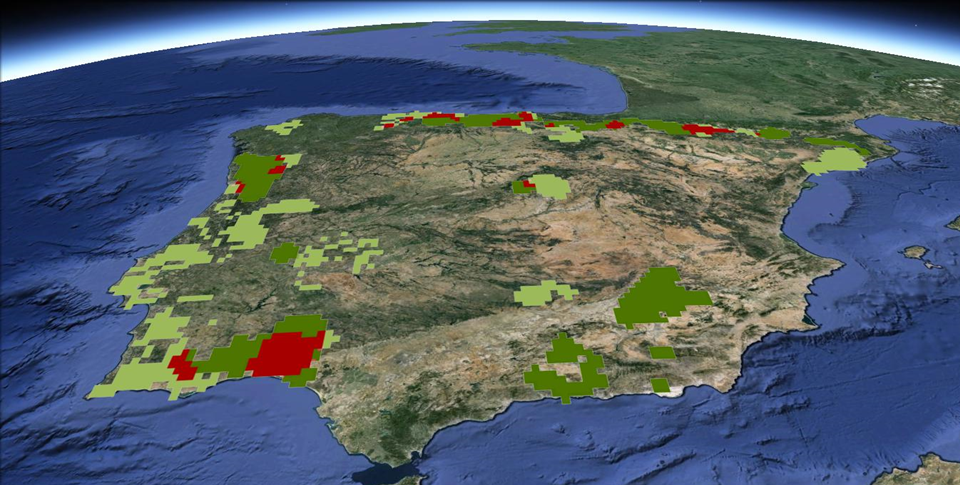INCORPORATING EVOLUTIONARY PROCESSES INTO SYSTEMATIC CONSERVATION PLANNING


Spatial conservation planning has evolved remarkably in past decades, moving from strategies consisting in identifying biodiversity hotpots to sophisticated Systematic Conservation Planning (SCP) frameworks. SCP aims at identifying conservation networks that maximize overall representation and persistence of biodiversity while accounting for cost-efficiency, and it has evolved remarkably in past decades, becoming a complex text-book discipline. Meanwhile, a growing body of literature emphasized the importance of accounting for (phylo) genetic diversity and the evolutionary processes that sustain it in SCP, but they have rarely been considered. I will explore some of the recent progress towards this integration, focusing primarily on the results obtained during the project ‘GenePlan - Incorporating Evolutionary Processes into Systematic Conservation Planning’, which main objectives were to develop pioneering approaches and tools to incorporate evolutionary processes into SCP, and to apply them to amphibian and reptile species occurring in the Iberian Peninsula. Finally, I will discuss constraints and future perspectives, in particular under the scope of the project entitled “Next Generation Conservation: preserving the continuum of life in space and time”.
Sílvia B. Carvalho is currently a post-doctoral researcher at CIBIO-InBIO and at the University of Queensland (Australia), supervised by José Carlos Brito and Hugh Possingham. Silvia received her PhD degree from the University of Lisbon in 2010. Her current research interests focus on the interface between systematic conservation planning, spatial ecology and evolution, particularly in developing methodologies and tools to integrate phylogenetic relationships and spatial patterns of genetic diversity into systematic conservation planning.
[Group Leader: José Carlos Brito, Biodiversity of Deserts and Arid Regions]
Image credits: Sílvia B. Carvalho